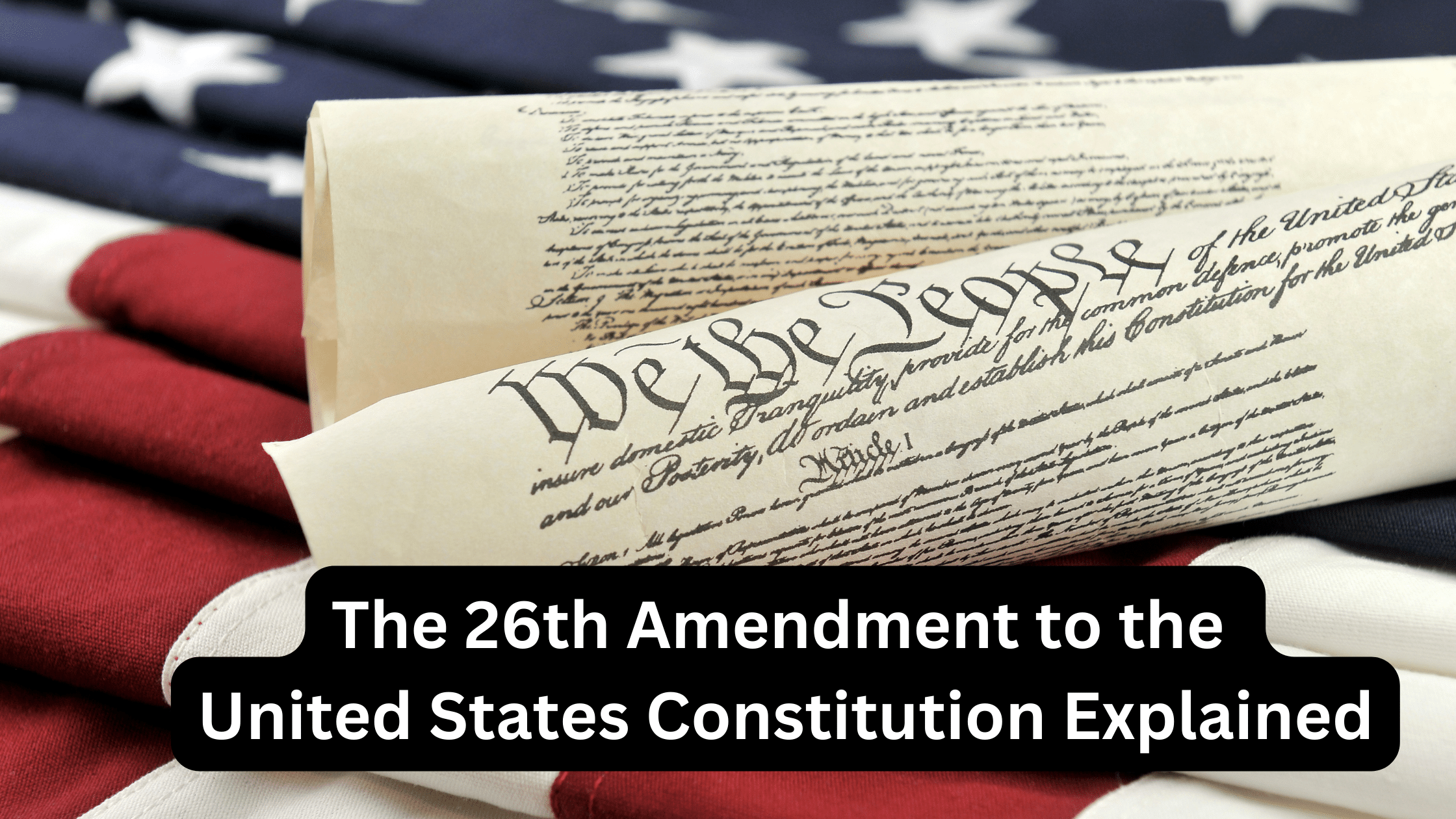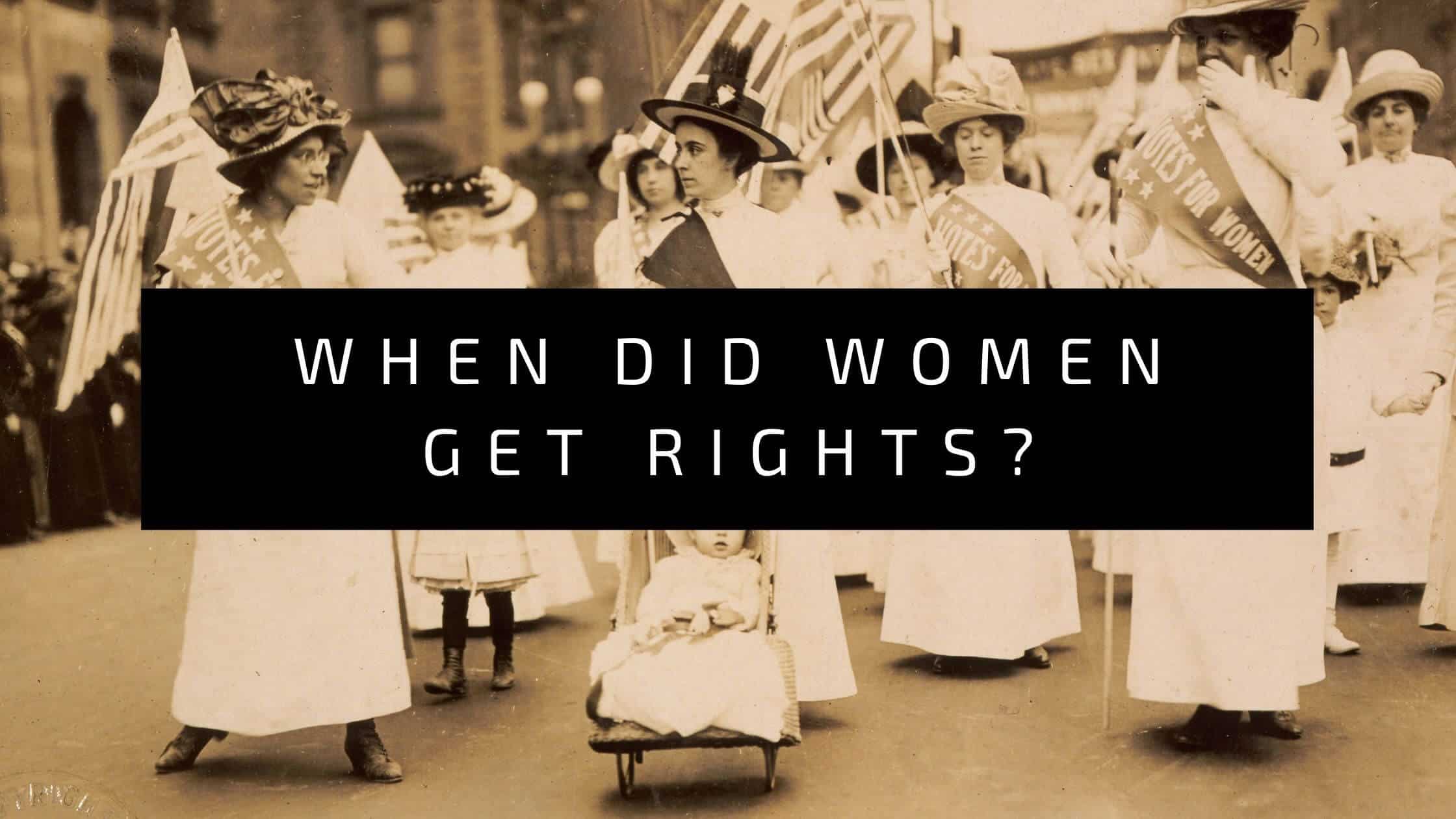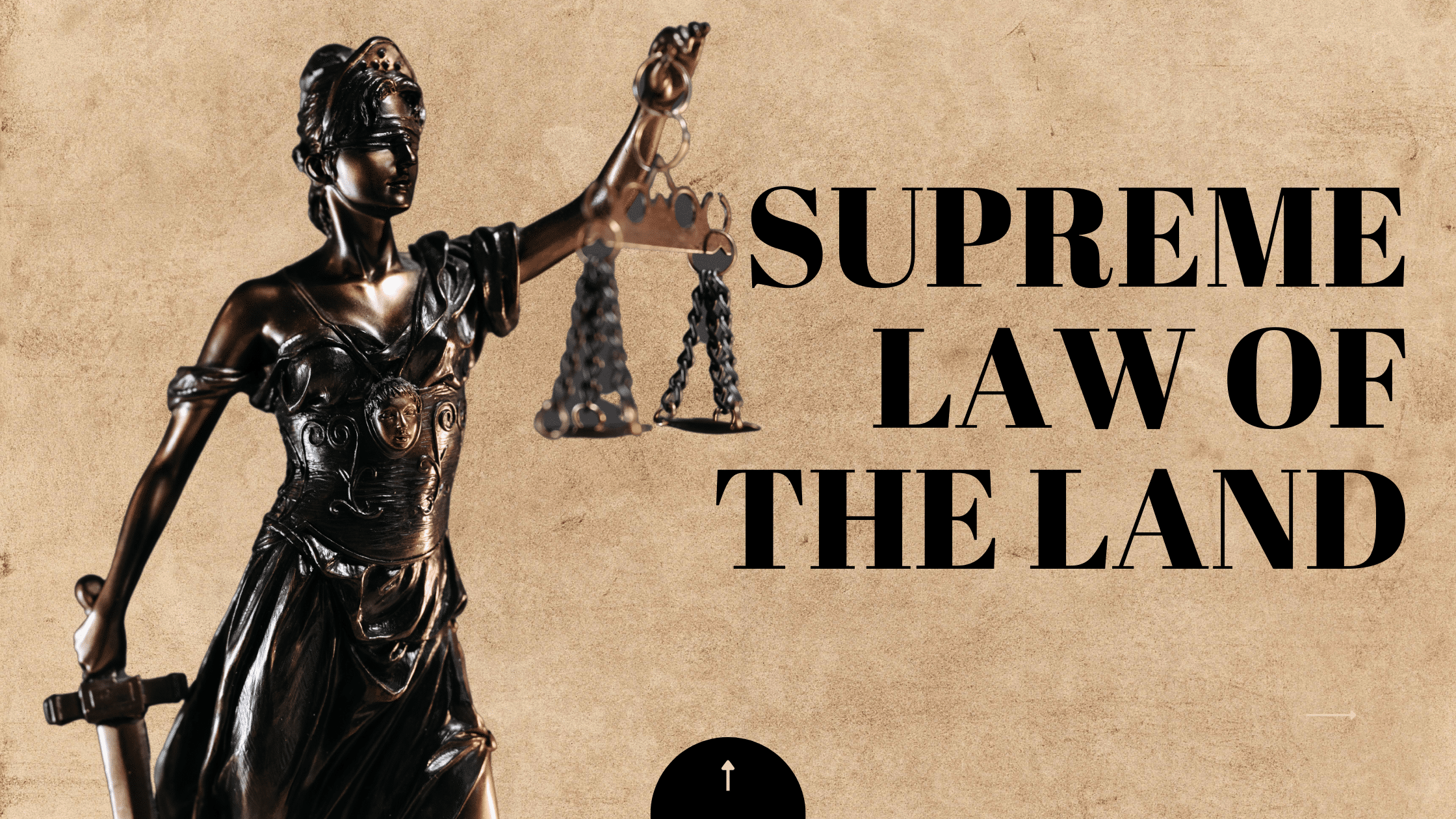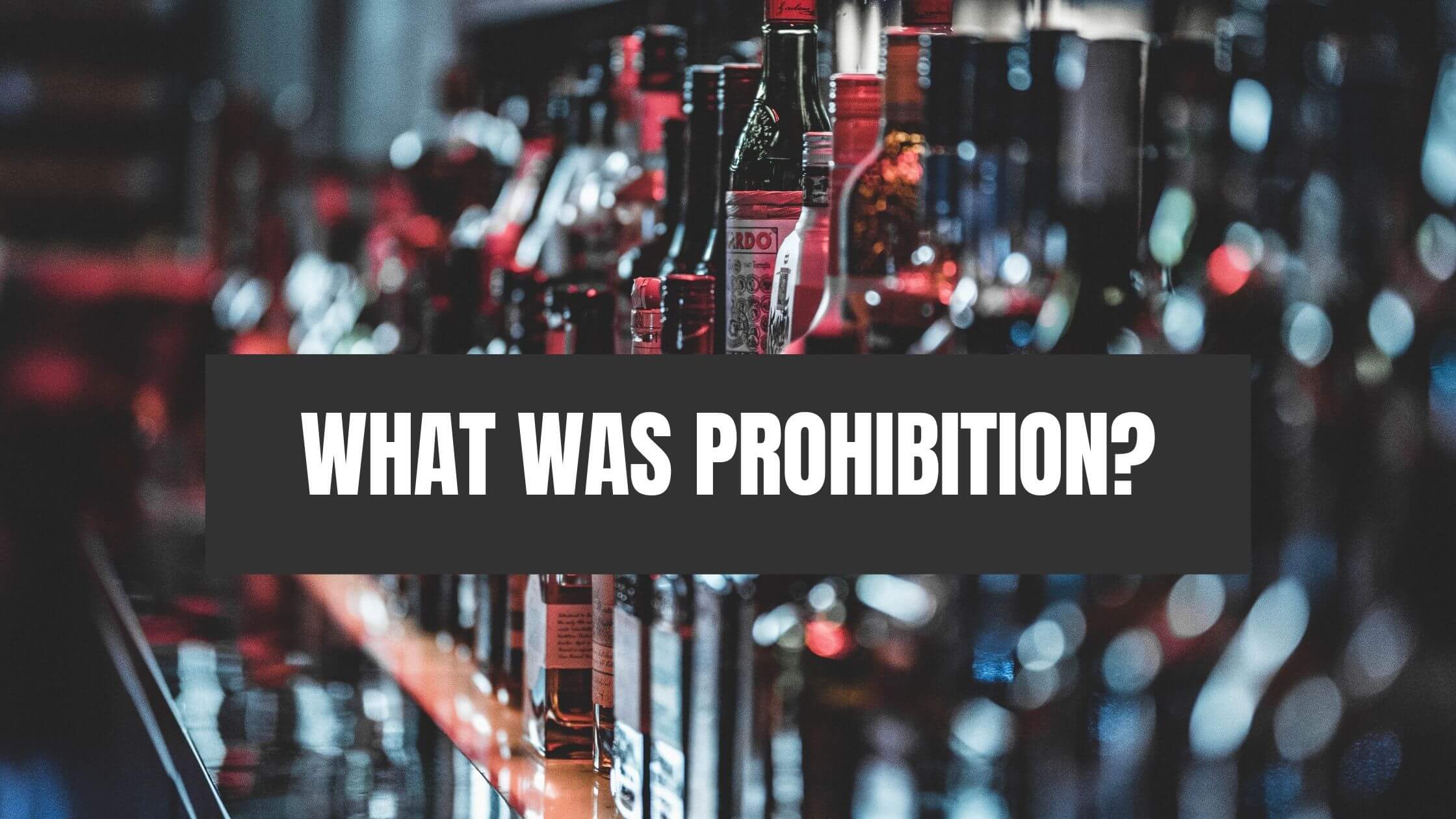Table of Contents
Toggle26th Amendment
1: The right of citizens of the United States, who are 18 years of age or older, to vote, shall not be denied or abridged by the United States or any state on account of age.2: The Congress shall have the power to enforce this article by appropriate legislation.
Amendment 26 was passed by Congress on March 23, 1971, and ratified on July 1, 1971.
What Is the 26th Amendment?
Section One of the 26th Amendment states that the legal age for United States citizens to vote is eighteen years or older.
Citizens who meet this requirement shouldn’t be denied the right to vote in any State or National election.
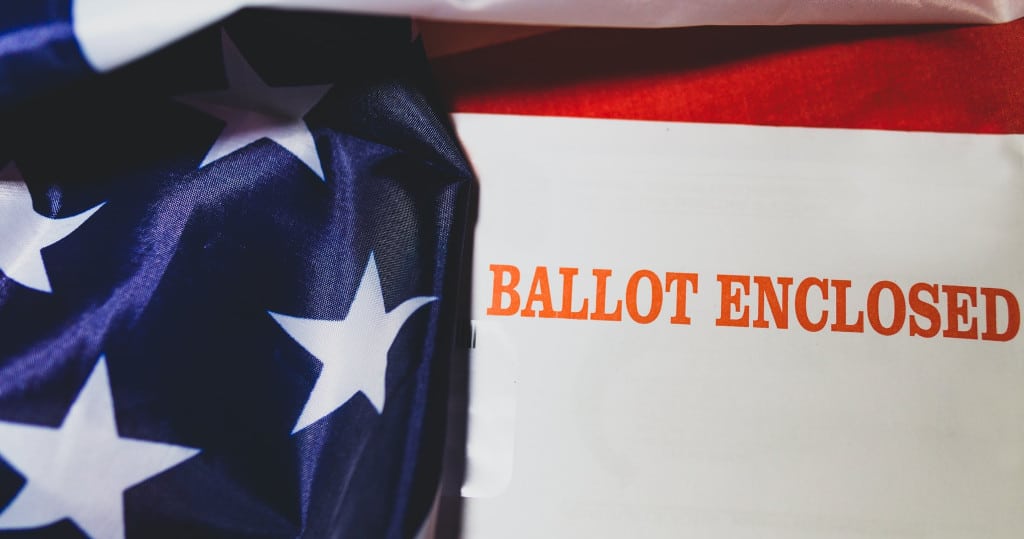
Section Two of the 26th Amendment states that Congress can enact this article if it is done through appropriate legislation.
Understanding the 26th Amendment
Initially, in the United States, the legal voting age was set at twenty-one. After the Twenty-Sixth Amendment was ratified, the United States lowered the legal voting age to eighteen.

Before Congress reduced the legal voting age, there was a long dispute about it during World War II.
President Franklin D Roosevelt lowered the minimum age for military drafting to 18. At the same time, the minimum voting age was 21.
Old enough to fight, old enough to vote
The youth voting rights movement started a slogan stating, “old enough to fight, old enough to vote.”
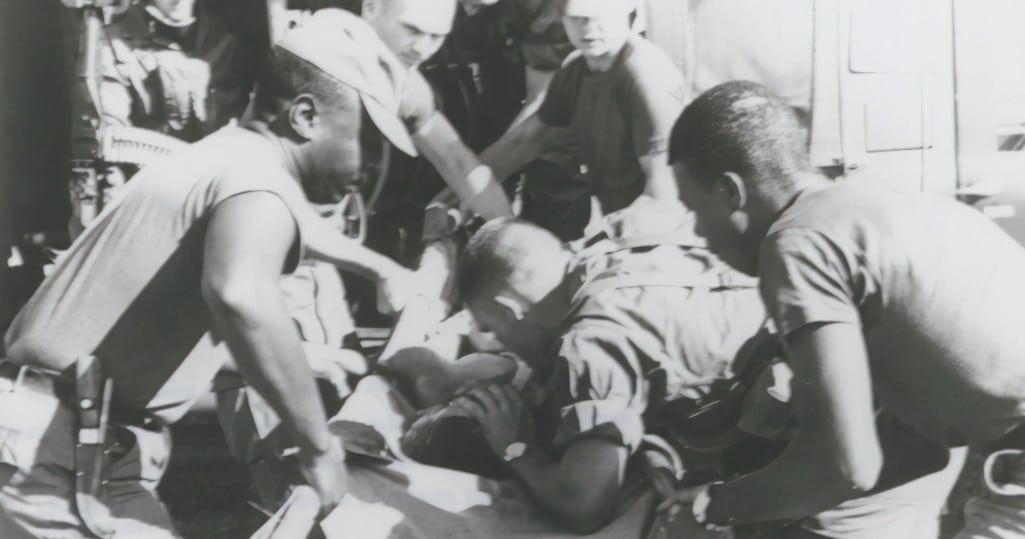
This led to legislation to lower the voting age being introduced in 1942 by Jennings Randolph.
The pressure to change the current voting age became more intense during the Vietnam War.
Young men who couldn’t vote because of their age were mobilized to fight for their country. It seemed to create a contradiction of your status at the age of 18.
Oregon v. Mitchell
In 1970, there was a division in the United States Supreme Court during the Oregon v. Mitchell case.
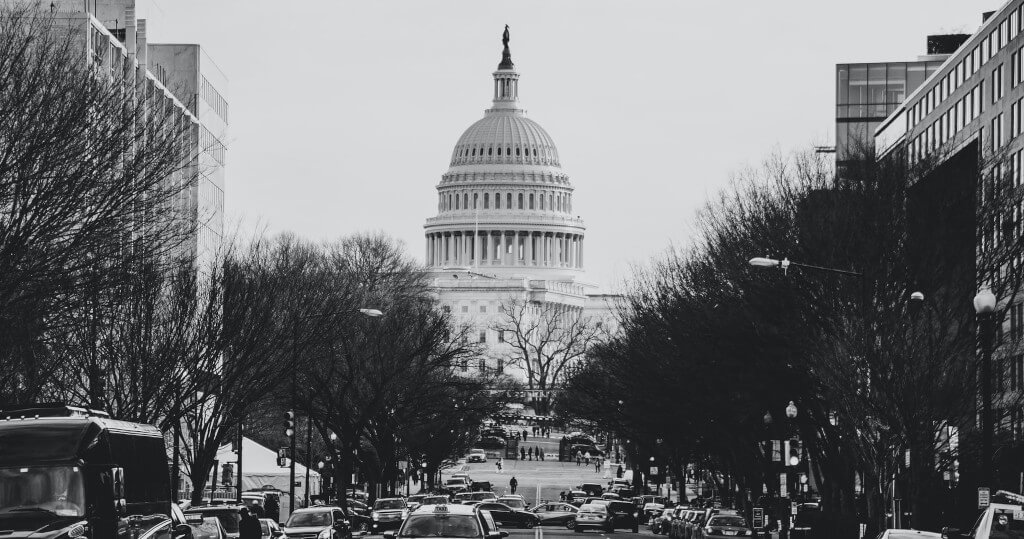
The division was due to the decision that Congress could not regulate the minimum age allowed to participate in voting at the state and local levels.
However, it would be able to regulate the minimum age in federal elections.
There was increased pressure and a lot of support for the endorsement of a new Constitutional Amendment.
Amendment 26 passed by Congress
In March of 1971, the Twenty-Sixth Amendment of the United States Constitution was passed by Congress.
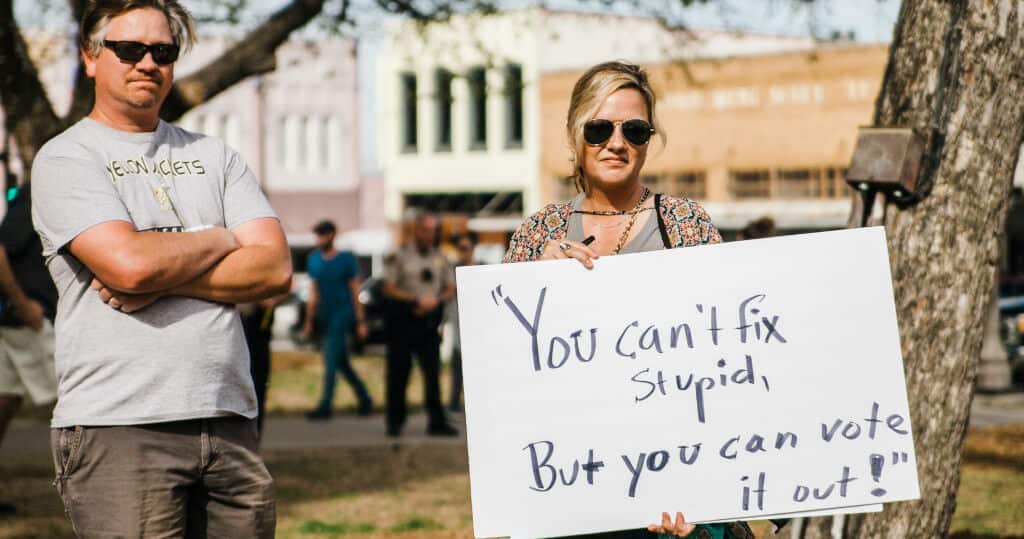
After quick ratification from all states, it was signed into law by President Richard M Nixon in July of the same year.
Support of the Twenty Sixth Amendment by Congress and the President
Dwight D. Eisenhower became the first president to publicly declare his support for the constitutional amendment to lower the voting age limit.
He stated that the youth being enlisted to fight in the military should be allowed to vote.
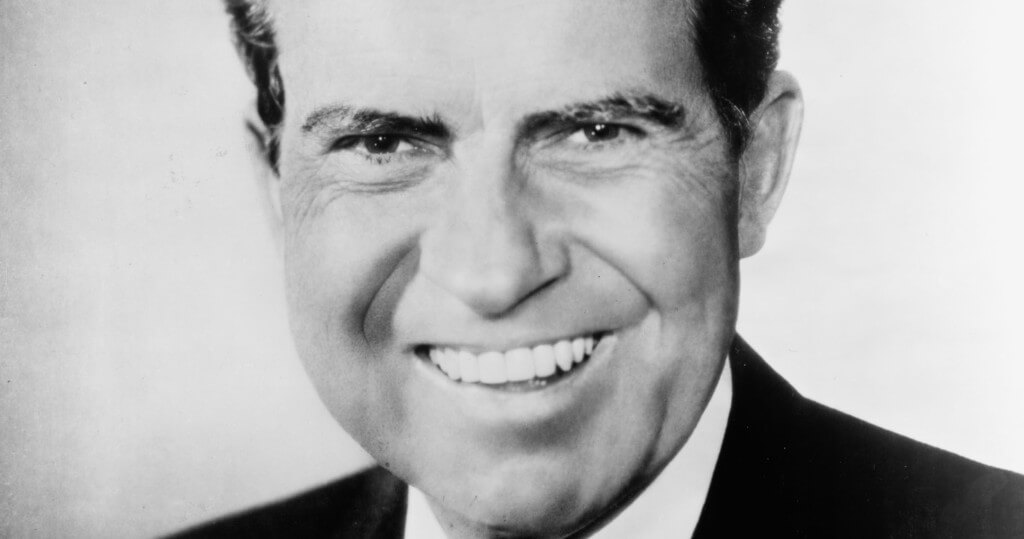
In 1969 during the Vietnam War, there were demonstrations by voting rights activists addressing lawmakers’ hypocrisy. There were also resolutions presented to Congress, but none were successful.
In 1970 the Voting Rights Act of 1965 was amended by Congress, and President Richard Nixon signed the amendments into law.
The Supreme Court Resolution on the 26th Amendment
The Voting Rights Act’s constitutionality had to be reviewed in 1970 by the United States Supreme Court.
The majority decision included Congress not having the right to set the minimum age at the state and local levels. It could only do so in federal elections.
Supreme Court decision
The verdict stated that those between eighteen and twenty-one could only vote for president and vice president.

However, they couldn’t vote for other state officials participating in the elections.
Ratification of the 26th Amendment
This caused further dissatisfaction, which led to the proposal of the 26th Amendment, which was ratified faster than any other amendment in the United States and enacted in 1971.

Get Smarter on US News, History, and the Constitution
Join the thousands of fellow patriots who rely on our 5-minute newsletter to stay informed on the key events and trends that shaped our nation's past and continue to shape its present.
